1. Midnight Whistling Walks

Some small towns believed whistling after dark could keep spirits at bay. Groups of locals would walk through the streets, whistling in unison to make sure wandering ghosts didn’t feel welcome. It sounds eerie to imagine a chorus of whistles echoing through empty streets under the moonlight. People thought the sound confused restless souls who lingered between worlds.
While the practice started as protection, it slowly became a tradition. Kids were even encouraged to join in once they were old enough, turning it into a strange kind of community ritual. Imagine tucking your kids into bed and then heading out to whistle into the night. Today it would feel unsettling, but back then it was just another way to feel safe together.
2. Candle Windows for the Dead
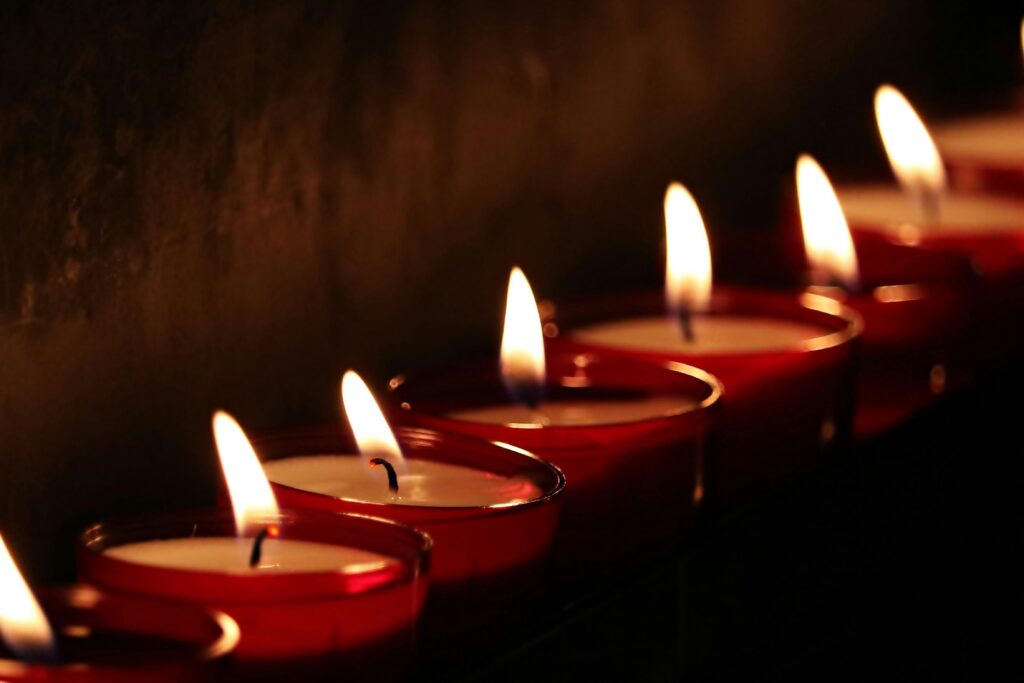
In certain towns, families would place a candle in their window every night to guide lost spirits. The light was meant to act as a beacon, so souls who didn’t know where to rest wouldn’t wander into the wrong home. It wasn’t unusual to look down a street and see rows of flickering flames.
The practice could look comforting from a distance, but up close it had an almost ghostly atmosphere. The dim glow gave the whole town a hushed, watchful energy. Children would ask which spirit they were lighting the candle for, and adults sometimes told them family names. It was as much about remembering ancestors as it was about keeping the dead happy.
3. Midnight Bell Tolling
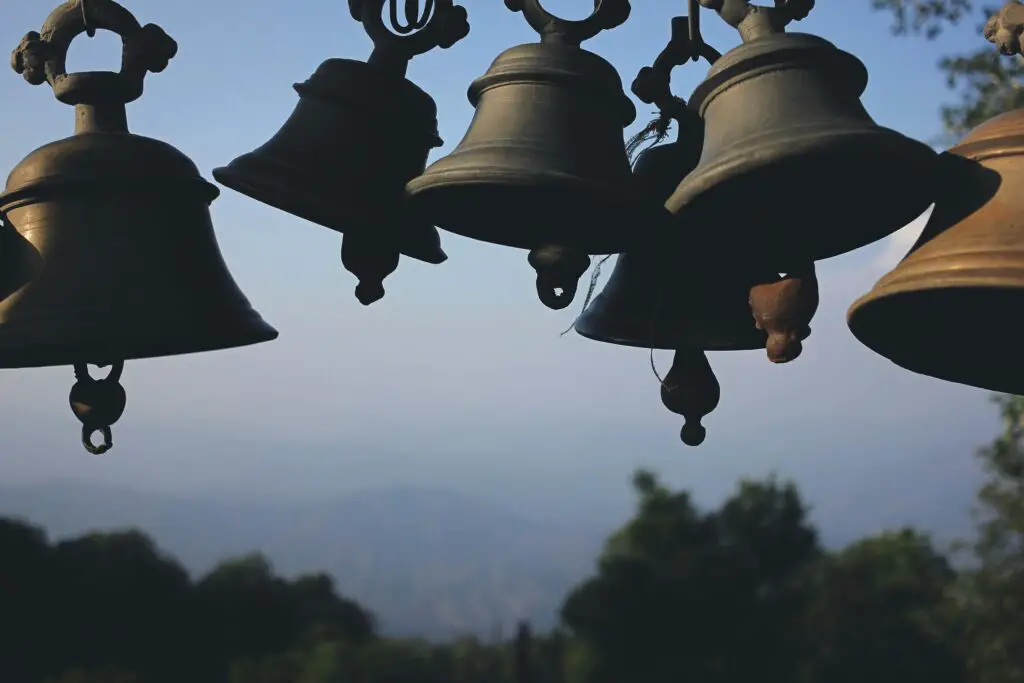
Some towns rang their church bell at midnight not to mark the time, but to warn off evil. The sound was supposed to scare away anything supernatural lurking nearby. The strange part is that the practice wasn’t tied to Sunday services, it happened every single night.
Residents swore the bell kept nightmares from crossing into their homes. Others believed the tolling reminded the living that death was always near. Outsiders found it creepy, especially if they stayed overnight and heard the bell ringing in the middle of silence. For locals, though, it was just another sound woven into their lives.
4. The Lantern Walk
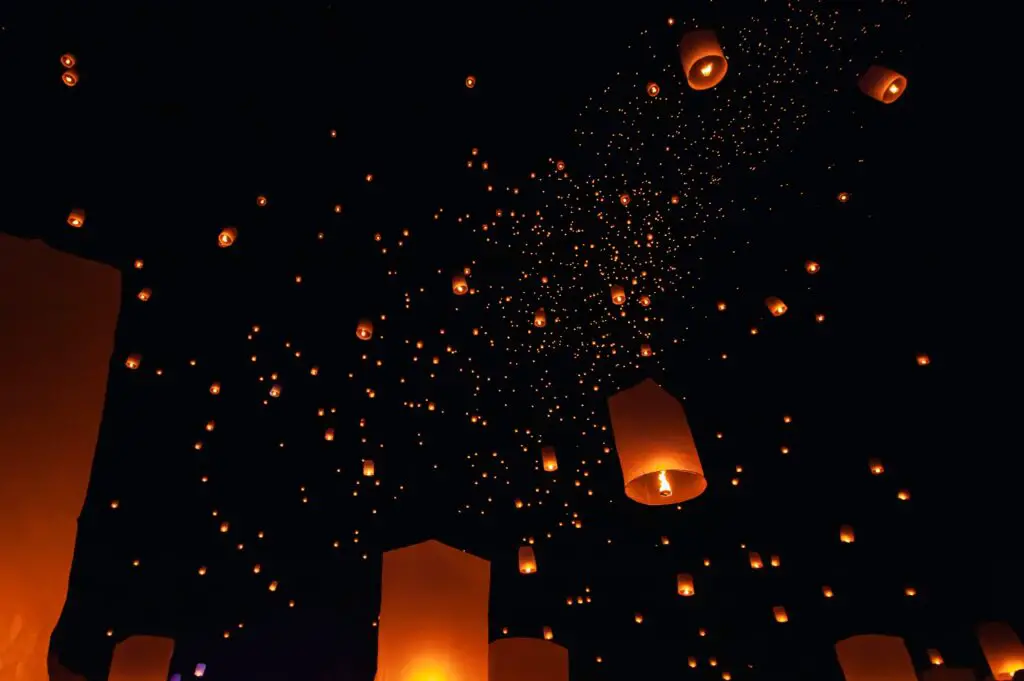
Once a month, whole towns would gather after sundown for a lantern walk. Each family carried a lantern and walked the same route, weaving through the streets in near silence. The glowing trail looked beautiful, but the intention was unsettling.
People believed the lanterns helped confuse wandering spirits, leading them out of town and into the woods. When the walk ended, the lanterns were extinguished at the edge of town. This moment symbolized sending the spirits back to the dark. To this day, some places still do a “heritage walk” without explaining the ghostly origins.
5. Midnight Kitchen Sweeping

It might sound odd, but sweeping your kitchen at midnight was considered a protective act in some communities. Families thought crumbs or scraps left overnight could invite hungry spirits. So, once everyone was in bed, someone stayed up to quietly sweep.
Neighbors would peek out their windows and see faint silhouettes bent over with brooms. The scraping sound against wood floors gave homes an eerie rhythm late at night. Over time, the habit wasn’t questioned—it was just “what you did.” The idea of spirits nibbling at your leftovers kept the tradition alive.
6. Graveyard Circles
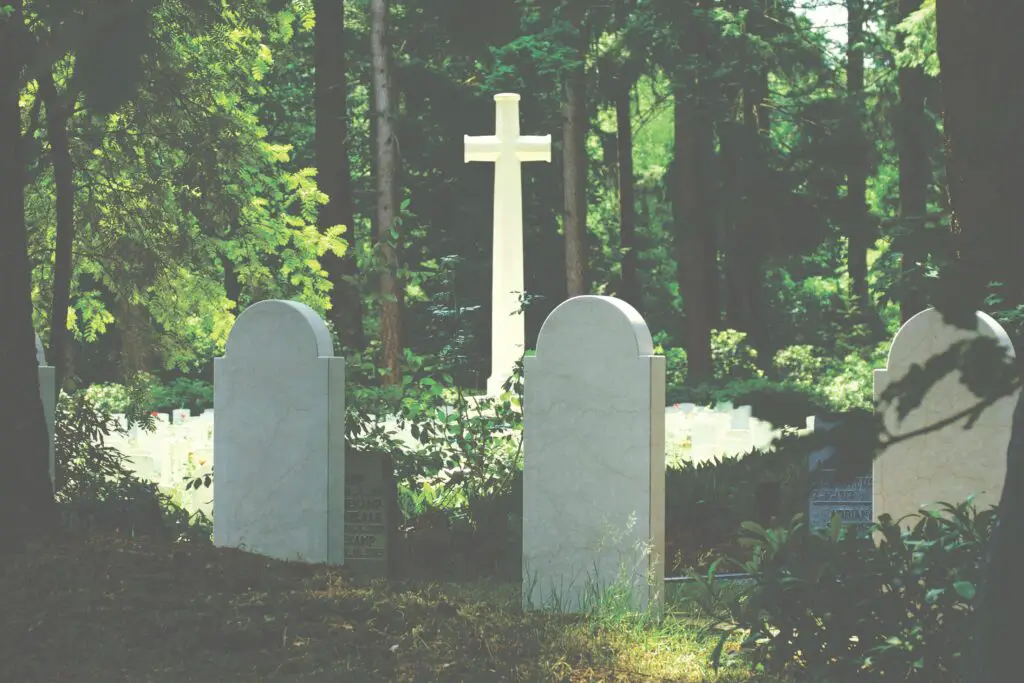
Teenagers in small towns weren’t sneaking into graveyards to party, they were often taking part in long-standing rituals. A common practice was forming a circle around a family grave and holding hands at midnight. The belief was that it let the living and dead communicate.
Older generations insisted it wasn’t meant to be scary, but to honor the dead. Still, stories spread of whispers being heard or shadows moving inside the circle. Kids grew up half-terrified and half-intrigued, daring each other to keep the tradition alive. What was meant as reverence often felt more like a haunting.
7. The Midnight Knock

In some towns, it wasn’t unusual to hear three knocks on your door after dark. Neighbors would knock as part of a ritual meant to confuse evil spirits who tried to enter. The idea was that if spirits thought someone had already been inside, they’d move on.
People didn’t answer the door, they just listened and stayed quiet. Imagine being a child and hearing knocking outside when your parents refused to react. That silence gave the whole thing a chilling edge. Even when the knocks were harmless, the tension it created was unforgettable.
8. Fire Pit Chanting
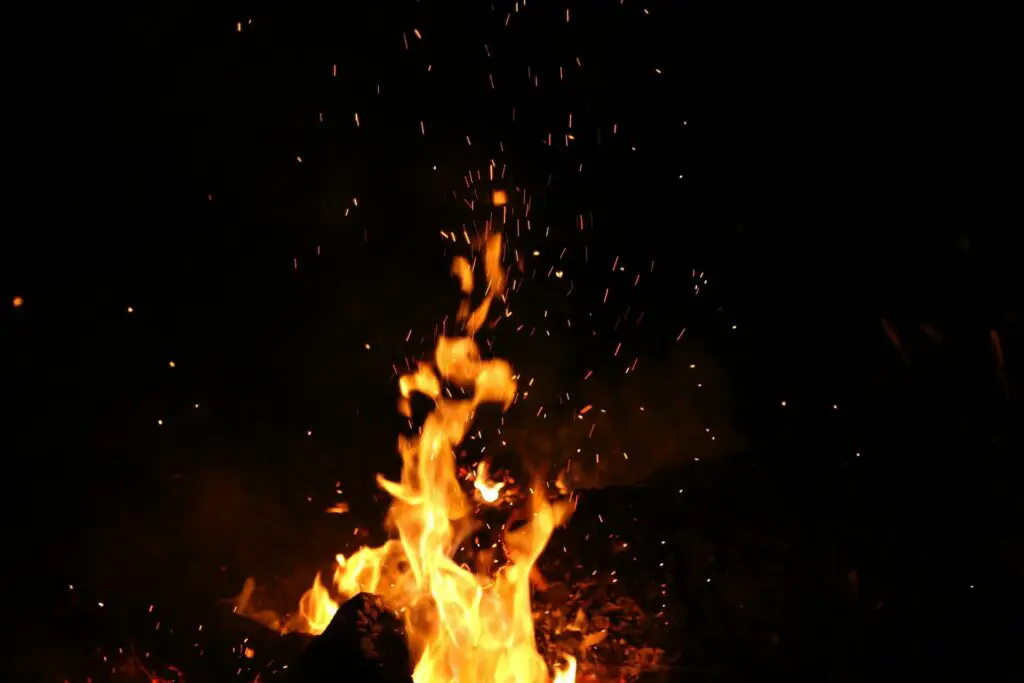
Communities sometimes built small fire pits in the center of town to use at night. People would gather, chant prayers or protective verses, and then scatter ashes around the edges of the town. The belief was that the circle of ashes kept evil from crossing over.
From a distance, it must have looked like a group summoning something dark. The flicker of flames, the rise and fall of voices, and the careful spreading of ash made it feel almost like a secret society. For townsfolk, though, it was reassurance that their homes were safe until morning.
9. Shadow Counting
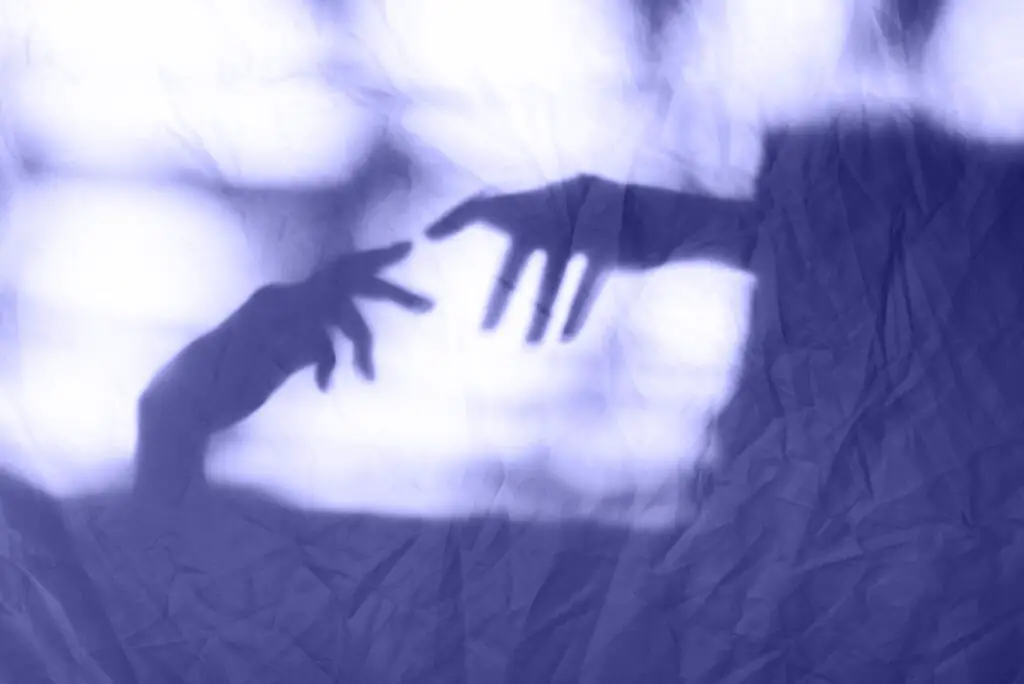
This tradition was rooted in pure superstition. At night, townspeople would stand in the moonlight and count their shadows. If the count didn’t match the number of people present, it meant a spirit was standing among them.
Whole families participated, holding their breath as they compared numbers. The practice was unnerving, especially for children who sometimes swore they saw extra shadows moving. Even when the count came out right, the sense of unease lingered. It was less about the numbers and more about keeping the fear in check.
10. Water at the Doorstep

In some regions, families poured a bowl of water outside their door each night. The idea was that spirits would see their reflection in the water and get trapped, unable to enter the house. It became such a common practice that it was just another chore before bed.
Neighbors would see bowls glinting in the moonlight as they passed. Occasionally, people woke up to find the bowl overturned and swore it meant a spirit had been there. Children were often assigned the task, making it feel like an odd kind of bedtime ritual. Even if no one truly believed, few wanted to risk skipping it.
11. Midnight Window Watching
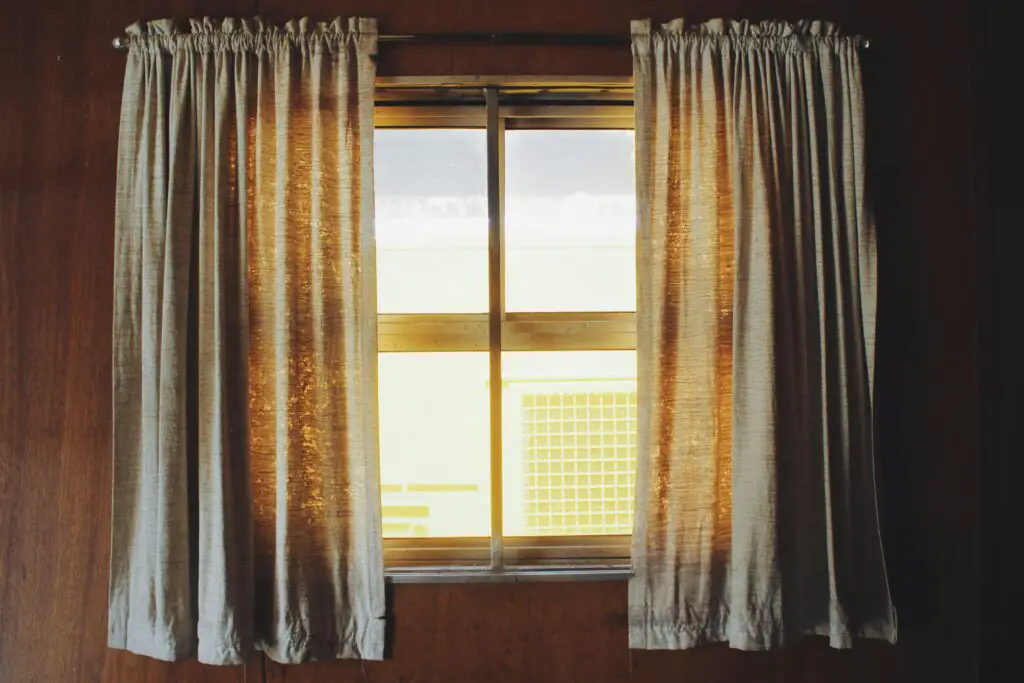
In small towns where superstition ran deep, families sometimes took turns watching out their windows past midnight. The belief was that if you saw a spirit pass by, you could warn the rest of the town. It was a job no one really wanted, but everyone accepted.
People described seeing figures cross yards or hover near fences. Sometimes it was probably just an animal, but in the stillness of night it felt much more. The tradition became less about real sightings and more about showing you were brave enough to look. It created a strange bond among neighbors who shared whispered stories the next day.
12. Singing to the Woods
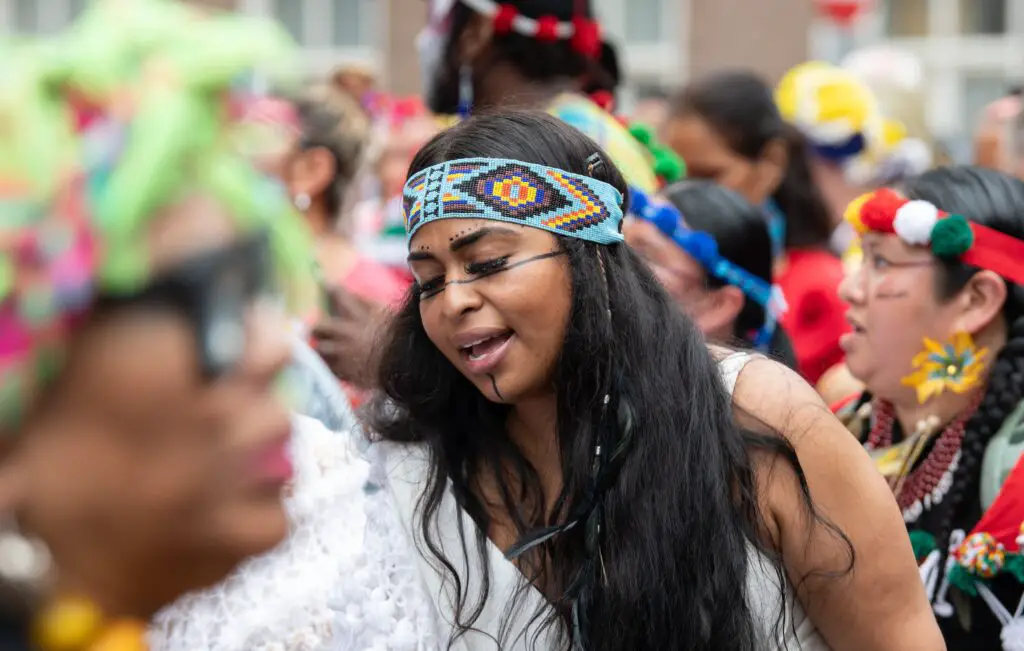
In some towns, people would gather at the edge of nearby woods after dark and sing. The melodies were simple and repetitive, intended to keep the forest spirits calm. Entire families would join, with the sound drifting between trees like a lullaby for the unseen.
It wasn’t meant to be frightening, but the effect was otherworldly. Hearing a whole community singing softly in the middle of the night must have sent shivers down the spine of anyone passing by. The woods felt alive, and the singing was both a warning and an offering. Even long after people stopped believing, the memory of those nights lingered.
